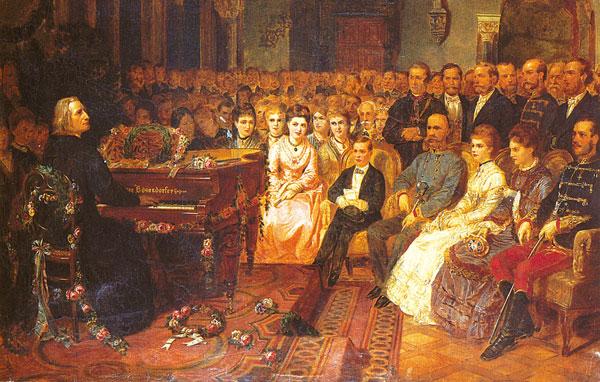In his 70s, the pianist and conductor Daniel Barenboim continues to attract attention not only for his performance schedule but also for his views on global issues. He is in London to perform a cycle of Schubert’s piano sonatas in a series of four recitals on a redesigned piano, created especially for him.
It is rare for such an event to attract the high-profile media coverage that has been seen over the last days. The new piano was launched at a press conference prior to the first of his Schubert concerts. Although it bears his name, it was built to his specifications by the instrument maker Chris Maene with support from Steinway.
The piano gives rise to two questions: is the design really new, and is it successful? The answer to the first question is no. The main difference between Barenboim’s design and most conventional modern grand pianos is that the strings run in parallel – in other words they do not cross each other. So-called “straight-strung” pianos were common in the 19th century: they were developed in the 1820s and 30s by makers such as Broadwood in London, Erard in Paris and Hoxa in Vienna. Steinway patented a cross-strung frame in 1859, and it is this which has survived in modern grand pianos. Barenboim’s piano is based on an instrument owned by Franz Liszt, which survives in Siena.


